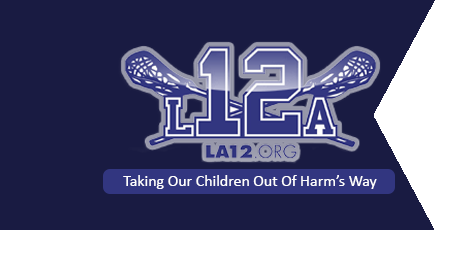A Defibrillator For Your Home Medicine Chest
Device Pays Off Again Defibrillator helps save life of Brightwaters man at ballgame
November 18, 2002Defibrillator saves Somers man in a supermarket
January 7, 2003By Debbe Geiger
Debbe Geiger is a freelance writer.
December 3, 2002
Defibrillators, the machines that jump-start hearts stopped by a deadly electrical malfunction known as cardiac arrest, could one day become as common in the home as fire extinguishers, now that the FDA has approved the sale of the first at-home automatic external defibrillator (AED).
The HeartStart Defibrillator, manufactured by Philips Medical Systems, will be available starting early next year. Philips is marketing its AED to people over the age of 45, especially if they are at risk for heart attack.
According to the American Heart Association, sudden cardiac arrest is one of the leading causes of death in the United States, claiming more than 250,000 lives each year. More than 70 percent of cardiac arrests occur in the home, and the majority are witnessed by someone who could potentially be a lifesaver.
“We know that if someone collapses of cardiac arrest and someone is able to defibrillate them within a minute or so, almost everybody survives,” says Dr. W. Douglas Weaver, chief of cardiology at Henry Ford Hospital in Detroit. These devices, he says, “could have a significant impact as long as people recognize when someone has cardiac arrest and takes action.”
Questions remain about how people will react in life-threatening situations. A recent New England Journal of Medicine article on defibrillator use at Chicago’s O’Hare airport proved that untrained Good Samaritans can and will save people’s lives when faced with sudden cardiac arrest. The study suggested “that people will take action, and the amount of training that is required is somewhat less than what was thought in the past,” says Weaver. “People can use these devices even though they weren’t part of the emergency response team.”
Even so, he says, “the experience we have in the home situation is quite limited. Although I think the downside for having these in the home is almost zero, there are some unanswered questions, like will people use them in the moment of urgency?” Will these devices “be used when they should be used, and will people be effective at resuscitating these victims of sudden death? I don’t think we know that for sure.”
To determine how effective defibrillators will be in the home, the National Institutes of Health is beginning a four-year international study of 7,000 people at risk for heart attack. The randomized trial will put defibrillators in some of the patients’ homes and train family members in their use. “In the past, the approach was simply call 911 and do CPR and wait for the paramedics to arrive,” said Dr. Marcel Salive, a project officer for the National Heart, Lung and Blood Institute in Bethesda, Md. “This allows the defibrillation to occur earlier. We really don’t know how many of these people could be saved. That’s the reason for doing the study.”
The American Heart Association is hoping for answers to the same questions before it gives the at-home defibrillator its nod of approval. “We believe that early defibrillation saves lives,” stressed Dr. Vinay Nadkarni, chairman of the emergency cardiovascular care committee of the American Heart Association in Dallas. “What we don’t know is whether putting an automated external defibrillator in the home can actually accomplish the goal of early defibrillation.” While the device requires a physician’s prescription, special training is not mandated, and that concerns the heart association, Nadkarni says. “We’d like to see the sale of the AED tightly contingent upon training in early recognition of an emergency, CPR and AED use. That is the triumvirate of intervention for cardiac arrest.”
According to David Freeman, vice president of cardiology marketing at Philips, a tug on the pull handle activates a clear voice that calmly directs the user through each step of the defibrillation process. It also prompts him or her to call for emergency help and provides CPR coaching. Freeman says the device is so sophisticated that it can sense the user’s actions and automatically adjust the pace of its verbal instructions. When not in use, the defibrillator does daily checks on all its systems, including the batteries and pads’ readiness. It chirps like a smoke detector in need of batteries to alert family members when a part needs attention.
“I think it’s great,” says Dr. Todd Cohen, director of electrophysiology at Winthrop-University Hospital in Mineola. “They’re idiot-proof. I’m a big believer in getting these things closer to patients because they can save lives.”
Cohen says CPR can keep the circulation going, but it cannot correct the abnormal heart rhythm called ventricular fibrillation, which is most often associated with cardiac arrest. Prompt defibrillation is recognized as the definitive treatment. For every minute that goes by without defibrillation, a victim’s chance of survival decreases by about 10 percent. After 10 minutes without defibrillation, few attempts at resuscitation are successful. The average response time for emergency medical services in a typical community is nine minutes.
The HeartStart’s suggested retail price is $2,295, and it is not covered by most insurance policies. It can be ordered by calling 866-333-4246, by visiting www.heartstarthome. com, or at select CVS stores.
Copyright © 2002, Newsday, Inc.

